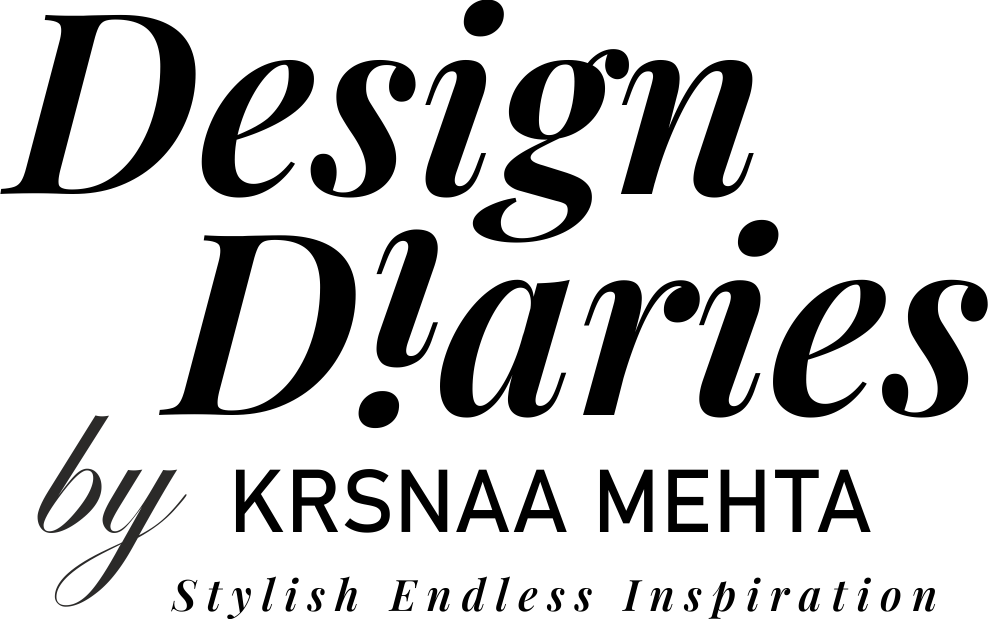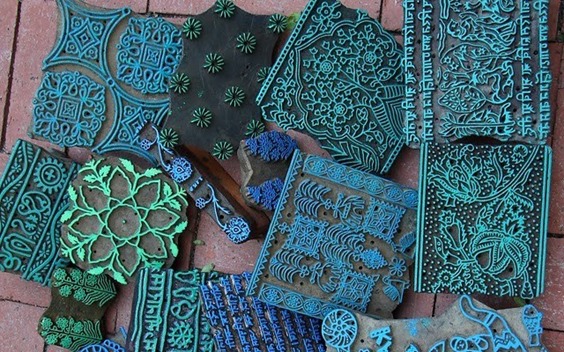In this time and age, it’s hard to buy any product which hasn’t been mass-produced or machine-made. To stumble across something authentic and hand made is unlikelier than ever. In this era of modernization, can you imagine what it was like when all garments were sewn by hand, and all patterns were imprinted through an entirely different process? Hard to, isn’t it? But believe us, there are still a few villages in India and small workshops which follow the pattern of traditional block printing, and they have really committed to keeping this century-old process alive, bypassing it down through generations.
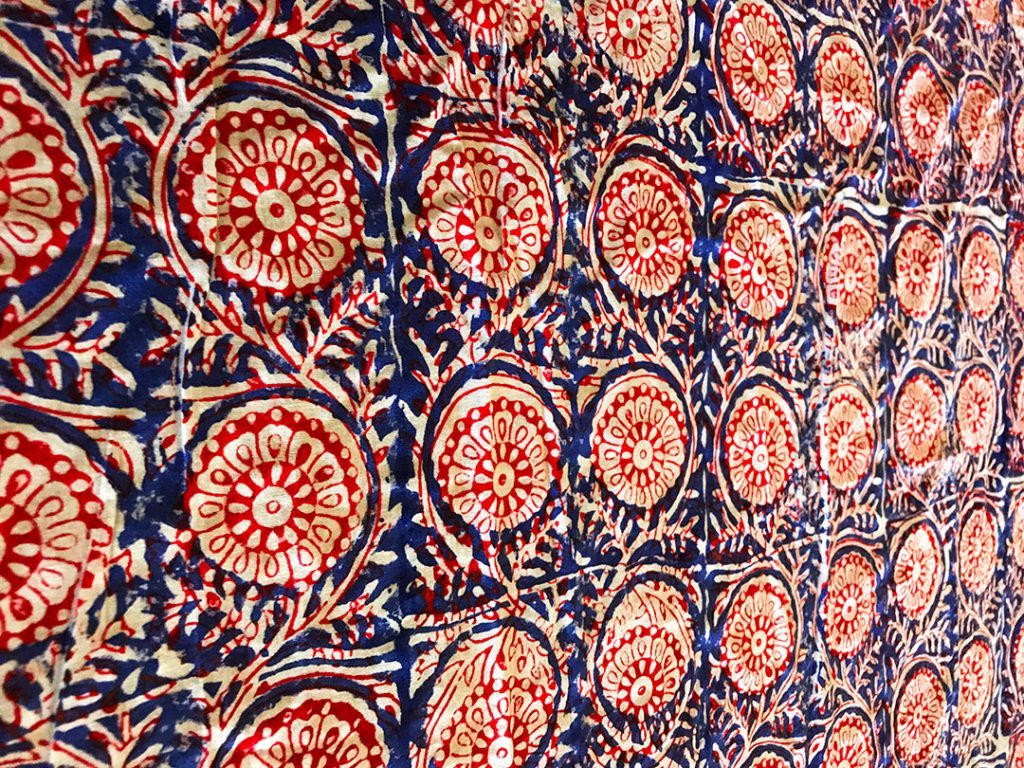
So what is Block Printing? It is the process by which craftsmen dye and colour beautiful patterns onto fabrics using wooden or metal blocks, and India, of course, is one of the largest manufacturers and exporters of this fabric! It’s been said that artisans have been using this technique since the 12th century, but when looked into further, it is believed that this technique originated in China 4,500 years ago, and we adapted this technique from them over 2,000 years ago! There are also examples of Rajasthani prints which date back to the 3rd century! It’s hard to imagine that our country has kept this beautiful tradition alive for so many years. Over the years, parts of this process were improved according to times, and some even replaced it with screen printing, but there are still loads of regions which follow the traditional hand made the process, through cooperation amongst block carvers, chhipas printers, rangrez dyers, and dhobi washers. This process is done by eye and hand coordination, but even imperfections are part of the beauty of this craft!

Although this intricate technique of creating hand made block prints originated in China, when it came to India is when it reached its highest creative expression. And when it comes to a country like ours, there’s no doubt about that, with the amount of skill and heritage our craftsmen possess. The Indians have their own expertise when it comes to natural plant dyes, mainly with mordants, which are metallic salts that create colour and allow it to set into fabric. There’s also dabu, a form of resist-printing which flourished here, in which areas of fabrics could be reserved from dye, creating different patterns. Discharge printing is another form of block printing, in which the fabric is first dyed and then chemicals are used to remove the dye from certain portions, to create designs of varying colours. With a combination of mordants and dabu and dyeing, Indian block printers could create unique patterns and complex designs which held unparalleled beauty and charm like no other. Through block printing, India has managed to create beautiful designs for saris, bedsheets, cushion covers, and other fabrics which we can incorporate in our daily lives!
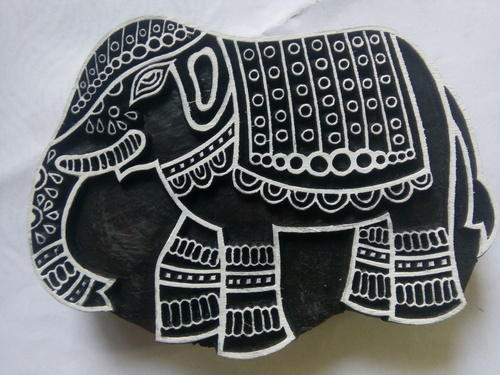
Let’s take a look at this unique process:
1.Cotton is soaked in water for around 24-48 hours to free it of starch. Then the fabric is beaten on stones to make it softer and laid out in the sun for natural bleaching in case the fabric is dyed. This fabric is then laid onto the printing table and tightly secured with pins.
2. The required design is drawn on paper and then transferred onto a block of wood, which is generally sourced from trees. Most artisans prefer using mango wood. A separate block of wood is made to incorporate colour into the design as well.
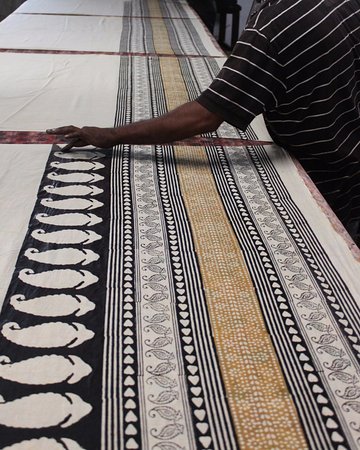 3. Once the fabric, colours, and designs have been prepared, the printing process begins. The blocks are dipped into dye, and pressed firmly onto the fabric, followed by being hit with a mallet, to create a clear impression. This is repeated until the pattern has covered every length of the fabric. If the design consists of more than one colour, the artisan has to let each colour dry separately before moving on to the next. For this reason, this process is extremely time consuming and only experienced carvers can do the job with precision.
3. Once the fabric, colours, and designs have been prepared, the printing process begins. The blocks are dipped into dye, and pressed firmly onto the fabric, followed by being hit with a mallet, to create a clear impression. This is repeated until the pattern has covered every length of the fabric. If the design consists of more than one colour, the artisan has to let each colour dry separately before moving on to the next. For this reason, this process is extremely time consuming and only experienced carvers can do the job with precision.
4. Once the required process has been acquired and the colour has set, the fabric is washed and then laid out in the sun to dry.
5. A final check is made for quality issues and for cutting loose fabrics or any form of sewing if required.
Block printing is hence a tedious process which requires extreme precision. Most of the intricate and delicate details are saved for the last so that it can be given proper time which helps in avoiding damage.
Every region of the country has different sets of dyes and patterns which resonate with that particular area. Gujarat is popular for geometric block printing designs. They generally use natural colours like red from madder roots and blue from indigo. Kutch is popular for patterns of birds, animals, and dancing girls.
In Rajasthan, colourful prints of human figures, birds, animals, and different gods and goddesses are highly popular. Block Printing in India also takes place in Punjab, West Bengal, Andhra Pradesh, Madhya Pradesh, Uttar Pradesh, and Maharashtra. If you were to go to each state and take a look at their designs, they’d all differ in their own unique manner!
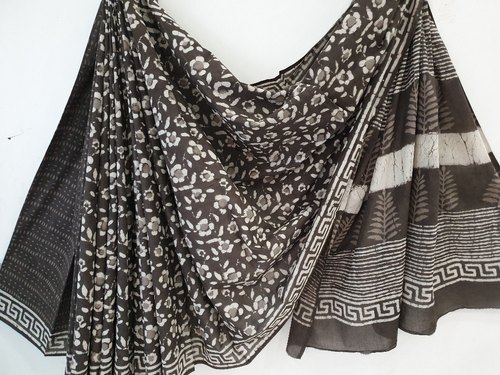
We at India Circus by Krsnaa Mehta were highly fascinated by the originality and preservation of heritage in this intricate process, and another similar and highly popular art tradition like that is the industry of handmade toys in India, which you can take a look at here.
